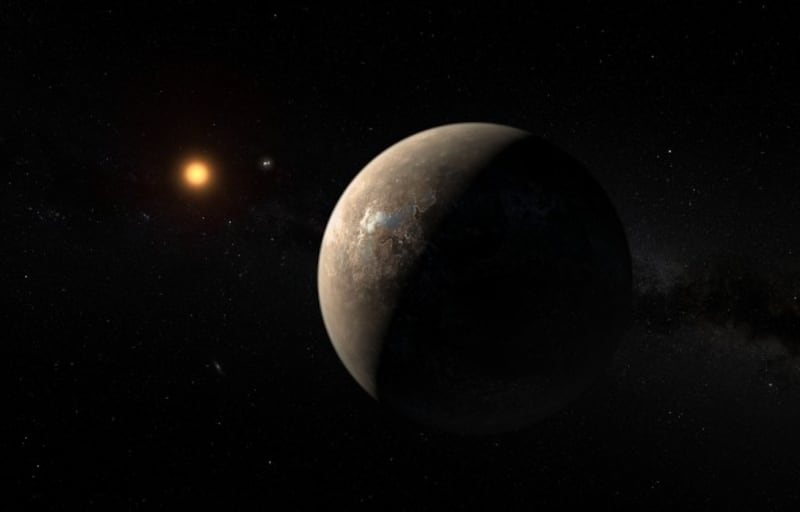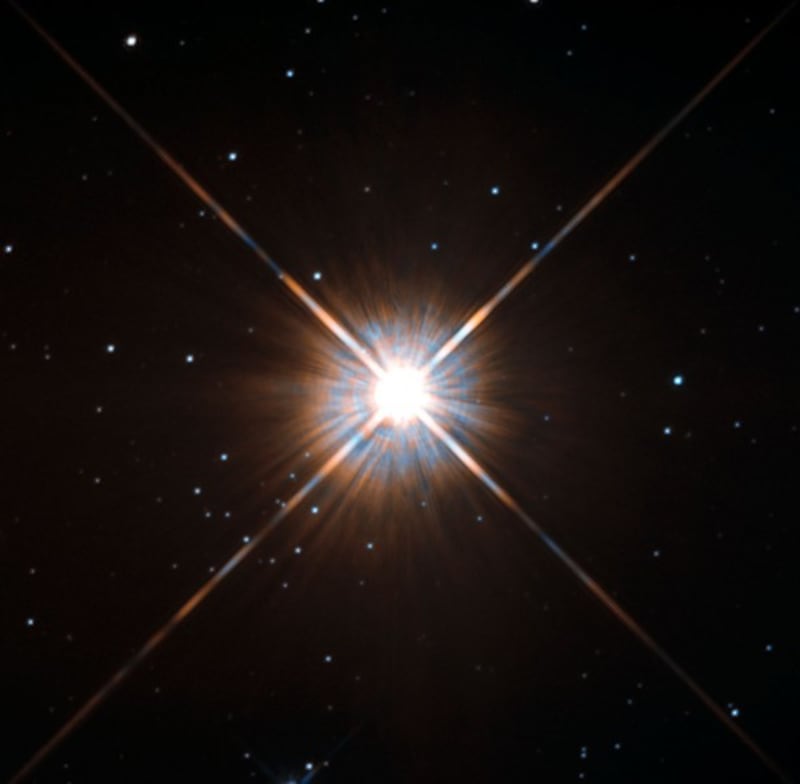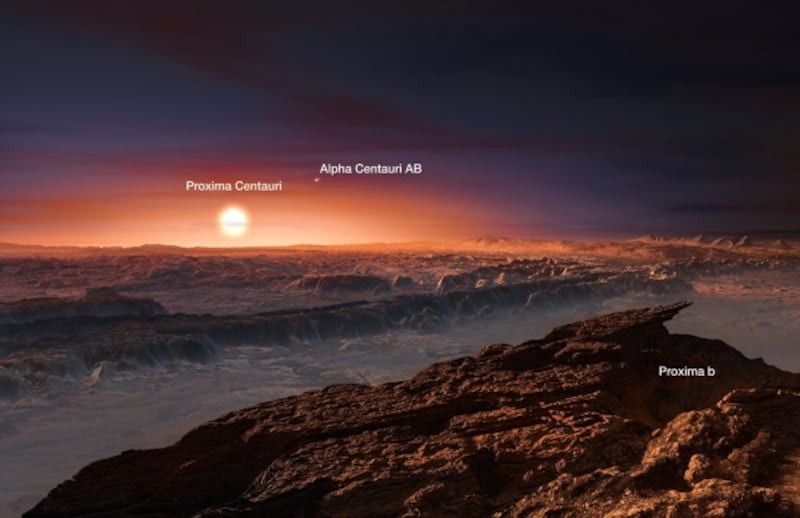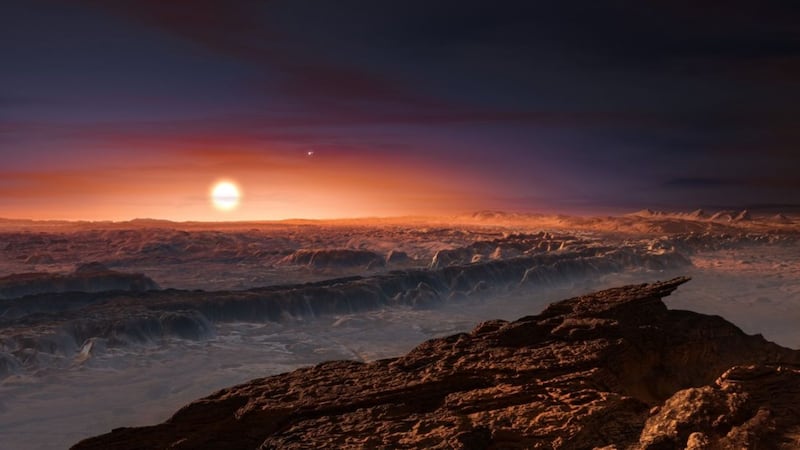Ever since Proxima b was identified last year, scientists have been wondering whether the planet, which is four light years away and thought to be of similar size to Earth, could be somewhere humans may visit in the future.
Now researchers have taken the first step towards figuring out what the weather is like on Proxima b, and they say it is “a remarkably stable climate regime” with the potential to be habitable and host liquid water.
While that may sound vague, there is not much we know about this mysterious planet, except that it is roughly the size of Earth – maybe slightly bigger – and orbits our closest neighbouring star Proxima Centauri – which is 25 trillion miles from Earth.
Astrophysicists and meteorology experts from the University of Exeter and the Met Office used a modified version of the Met Office’s weather predicting equipment to determine Proxima b’s overall climate.

They based their simulations on the assumption that the planet has a similar atmospheric composition to Earth and mainly looked at two different scenarios.
The first was how the planet would behave if it was tidally locked – where the the same side of the planet is always facing the star – and the second was what the climate would be like if it had a 3:2 resonance orbit like Mercury – where the planet rotates three times for every two orbits around the sun.
Proxima b is far closer to its host star than the Earth is to the Sun – about 1/20 of the distance – suggesting the possibility of being tidally locked. In this scenario, the daylight side of the planet would see a lot of rain, thanks the constant presence of warm water vapour in the atmosphere.
“One of the main features that distinguishes this planet from Earth is that the light from its star is mostly in the near infra-red,” said Dr James Manners, one of the researchers involved in the study.

“These frequencies of light interact much more strongly with water vapour and carbon dioxide in the atmosphere which affects the climate that emerges in our model.”
Another theory is that if Proxima b has an eccentric 3:2 resonance orbit, the temperature would be more even throughout the planet, increasing “the habitability of this world”.
Proxima b is only 4.6 million miles away from the star – 5% of the distance between the Earth and the Sun. But Proxima Centauri is much cooler and smaller than the Sun, so orbiting closely to its host star would result in Proxima b having temperatures similar to those on Earth.

In both the tidally-locked and 3:2 resonance configurations, the researchers say their results reveal Proxima b has “a remarkably stable climate regime” with the capabilities to host liquid water.
But they add further studies need to be done to get a more accurate understanding of the climate, saying: “We have neglected the presence of any land surface, as we have no information what this may look like, but in considering the surface to be water-covered, we have additionally neglected any transport of heat by the oceans.”
The research is published in Astronomy & Astrophysics.



